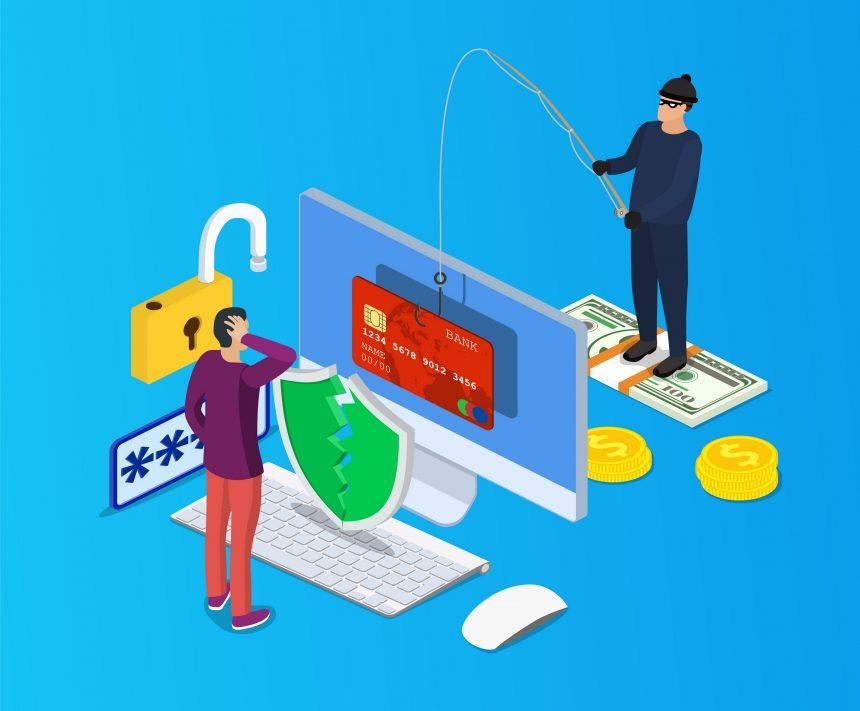In today’s interconnected digital world, cyber threats continue to evolve, becoming more sophisticated and deceptive. One such threat that users need to be wary of is the “ShareFile – Invoice Copy” phishing scam. Disguised as a legitimate email from ShareFile, this malicious campaign aims to trick recipients into divulging their email account credentials, leading to potential identity theft, financial loss, and compromised privacy. In this article, we’ll delve into the intricacies of this cyber threat, its consequences, detection methods, and most importantly, how to remove it and prevent future infections.
Details about the Threat
The “ShareFile – Invoice Copy” phishing email typically arrives with a subject line indicating the receipt of an invoice. It urges recipients to review the purported invoice by clicking on a link labeled “OPEN INVOICE.” However, upon clicking the link, users are directed to a phishing website designed to mimic the legitimate ShareFile platform. Here, unsuspecting victims are prompted to enter their email account credentials, unwittingly handing them over to cybercriminals.
Once obtained, these credentials can be exploited in various nefarious ways. Cybercriminals may hijack email accounts to perpetrate further phishing attacks, spread malware, or even engage in identity theft. Additionally, compromised accounts linked to financial platforms pose a significant risk, enabling fraudsters to make unauthorized transactions and purchases, potentially leading to substantial monetary losses for the victim.
The “ShareFile – Invoice Copy” phishing scam may go undetected by traditional antivirus software due to its deceptive nature. However, users can remain vigilant by scrutinizing email addresses, checking for spelling errors or inconsistencies, and avoiding clicking on suspicious links or attachments. Additionally, employing email filtering systems and educating users about phishing tactics can mitigate the risk of falling victim to such scams.
Similar threats include phishing emails disguised as invoices, payment notifications, or urgent account alerts from reputable companies or service providers. Examples include fake emails purportedly from PayPal, Amazon, or financial institutions, all designed to lure unsuspecting users into divulging sensitive information.
Removal Guide
If you suspect that you’ve fallen victim to the “ShareFile – Invoice Copy” phishing scam, follow these steps to mitigate the damage:
- Immediately change the password of the compromised email account.
- Monitor your account for any unauthorized activity, such as unfamiliar emails or changes to account settings.
- Notify your contacts about the phishing attempt to prevent further spread of the scam.
- Report the phishing email to your email service provider or relevant authorities for investigation.
- Consider enabling two-factor authentication (2FA) for an added layer of security.
Preventive Measures
To safeguard against future infections and cyber threats, adopt the following best practices:
- Exercise caution when clicking on links or downloading attachments from unknown or suspicious emails.
- Verify the legitimacy of emails by contacting the sender directly through official channels.
- Keep your software and operating system up to date with the latest security patches and updates.
- Educate yourself and your team about phishing techniques and how to recognize them.
- Implement robust cybersecurity measures, such as firewalls, antivirus software, and email filtering systems, to detect and block malicious activity.
By staying vigilant and implementing proactive cybersecurity measures, users can protect themselves against phishing scams like “ShareFile – Invoice Copy” and minimize the risk of falling victim to cybercrime. Remember, when it comes to cybersecurity, prevention is always better than cure.





